Contents
Guide
Many animals died in the making of this book...
Contents At first glance, the world of taxidermy may seem a bit, well, stuffy. Dedicated experts, with detailed knowledge of biology and anatomy, labor away behind the scenes in museums to re-create life-like animals and give us an idea of how they lived. Well, forget about all that business. There is a new breed of taxidermists in town who have said Stuff that! Were going to show you animals as they have never looked or lived before. These taxidermists give their animals clothes.
They put them on bicycles. They turn them into acrobats and sports stars. They transform them into figures from mythology. And they mix and match to make brand-new creatures. Pigs will finally fly! Taxidermy first went wild in Victorian times. In the 1850s, strange dioramas began to appear in a pub in the sleepy English village of Bramber.
The pub owners son, Walter Potter, had dabbled in taxidermy as a boy in an attempt to preserve his much-loved pet canary. As he practiced his art, Potter let his imagination run amok, creating scenes filled with animals in distinctly human poses and predicaments, from kittens at a wedding to rabbits in a classroom. Following his lead, Victorian taxidermists started to produce all manner of anthropomorphic scenes. Potter himself opened a museum to display his weird and wonderful dioramas. Fast-forward to the early 2000s, and taxidermy took a bold step into the absurd with the Rogue Taxidermy movement. Stuffed animals started to appear in fashionable New York art galleries.
This new generation of artists thought nothing of messing with nature, combining body parts to create flying goat-fish creatures or three-headed mice. And why not? While traditional taxidermists labor to produce life-like scenes, the rogue taxidermists were solely concerned with their own imaginations. And what rich some might say warped imaginations they were! These were scenes from the carnival, post-mortem freak shows of the fabulous and fantastic. Today, many more taxidermists have taken to the internet to peddle their wares. Often they are entirely self-taught. If you want to have a scene created out of your twisted imagination, somebody out there will be more than happy to oblige.
Is your heart set on a heavy metal band of grasshoppers? No problem. What about a sinister gang of hooligan-hamsters? Give them a couple of months, and its yours. Maybe you will be inspired by the creations in this book. Weve gathered together a selection of the wildest taxidermy out there, snapped in situ by incredulous travellers or placed up for sale by their proud creators. If you can think it, the chances are someones stuffed it.
 Kit academy
Kit academy
A Walter Potter original from the 19th century Marc Hill/Alamy Stock Photo

 Balancing act
Balancing act Mario Broutin @ mbcreature
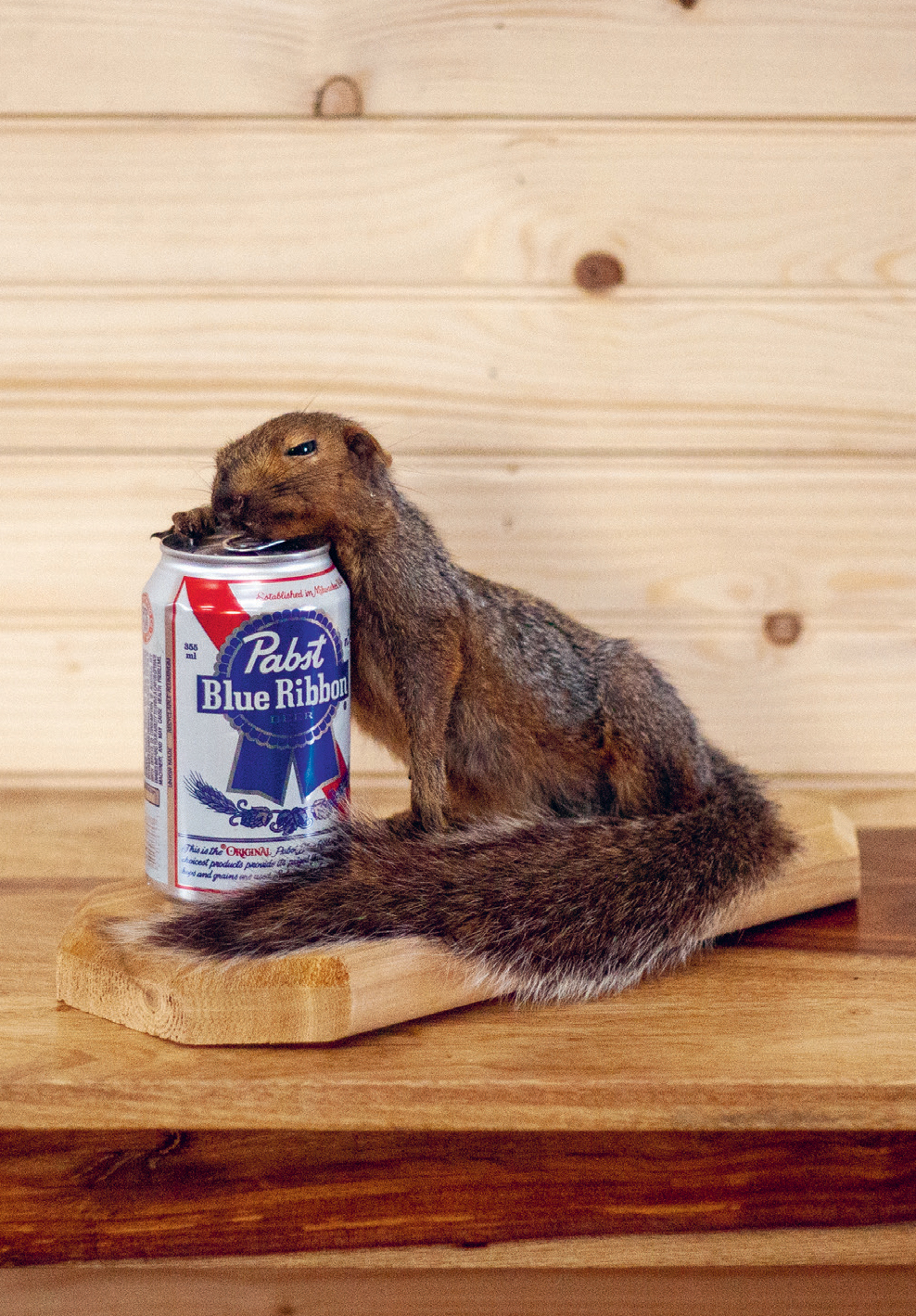 Sozzled squirrel
Sozzled squirrel Safari Works Dcor
 Poker faces at the Toadstool Casino
Poker faces at the Toadstool Casino Mario Broutin @ mbcreature
 Easy rider
Easy rider Rick Nadeau @ thesquirrelhole.com
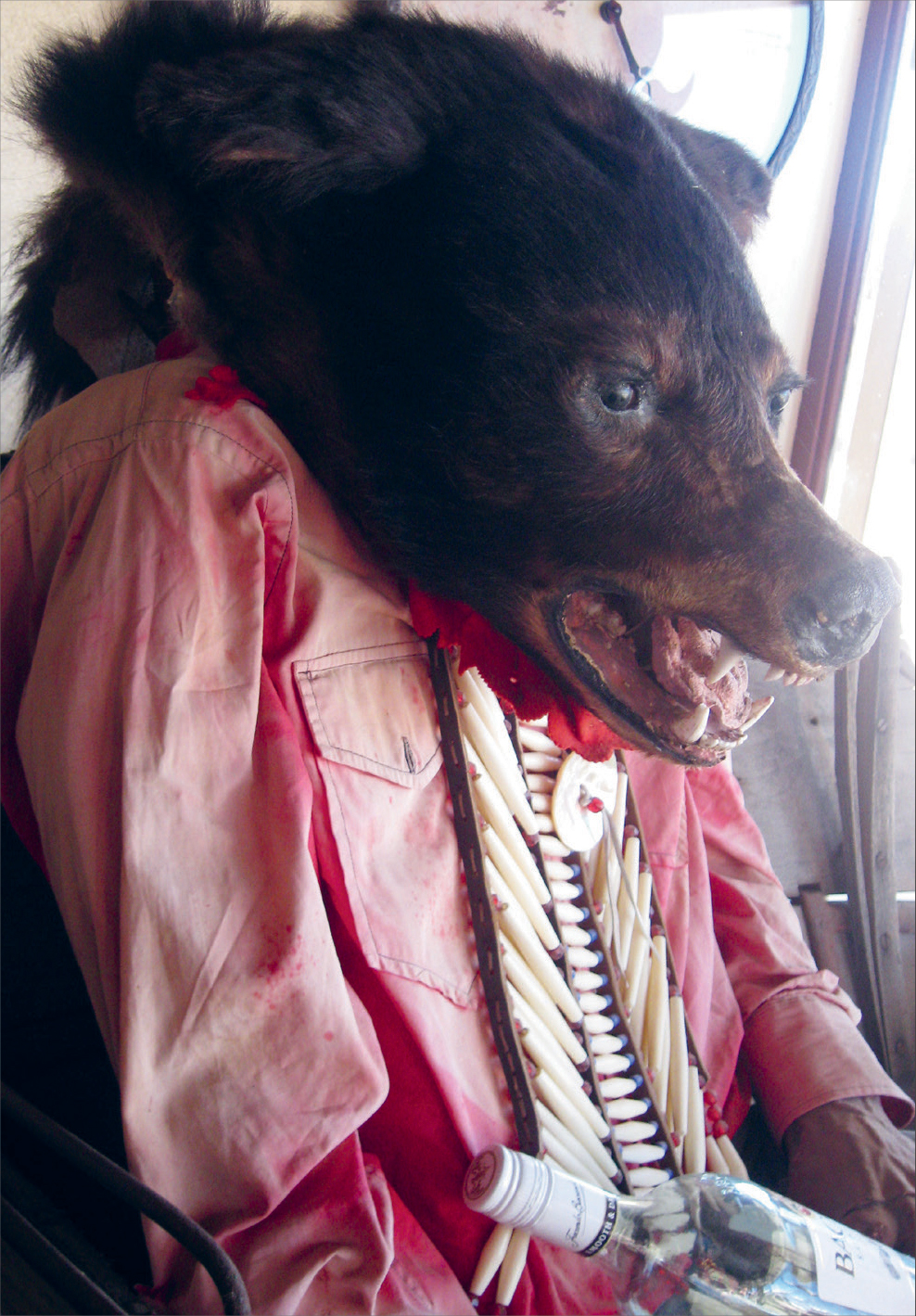 Bear with a sore head
Bear with a sore head lightningfades @ Flickr
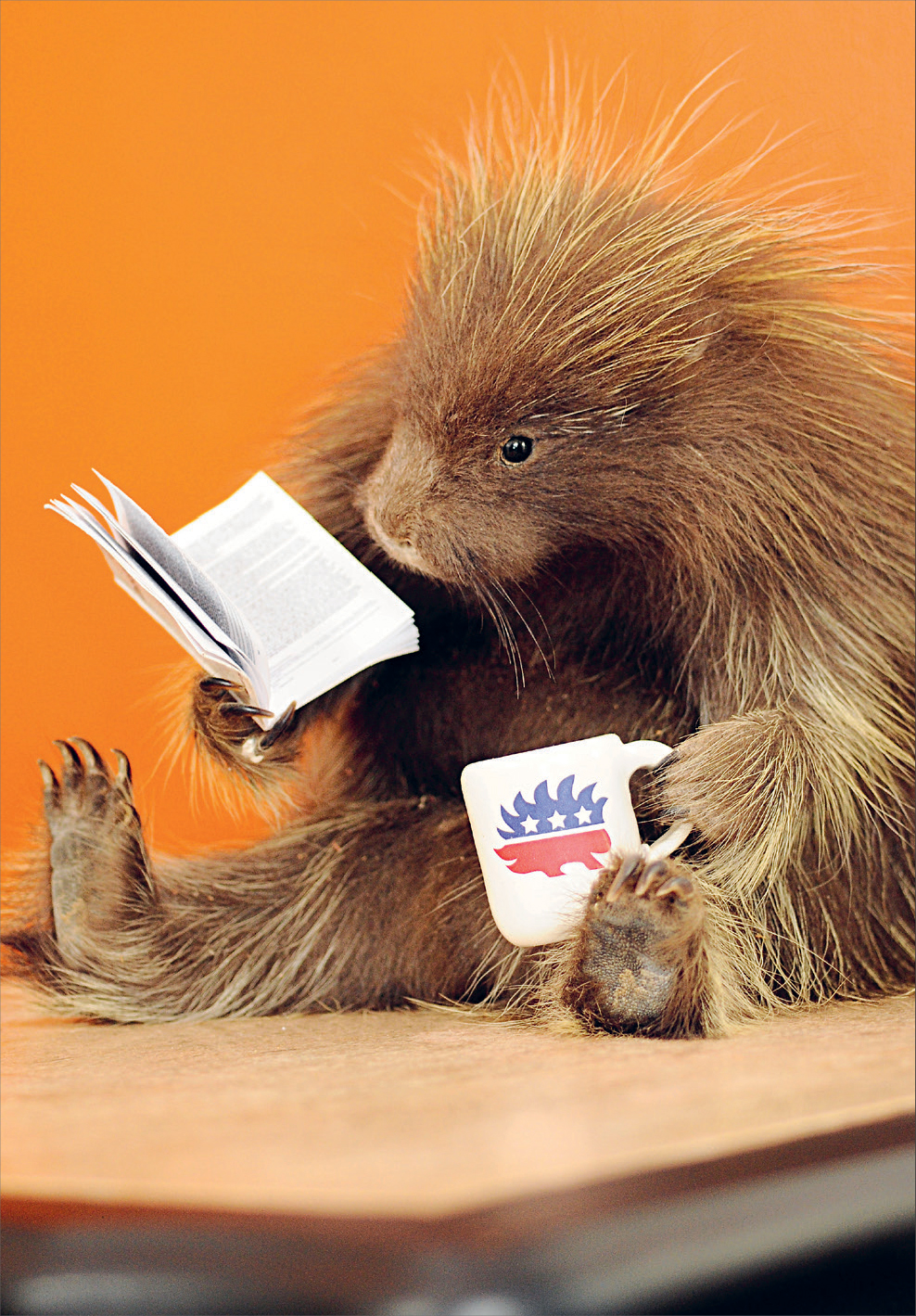 Prickly politics a young porcupine prepares for a caucus.
Prickly politics a young porcupine prepares for a caucus. Jeremy Johnson @ Meddling with Nature
 A frisky fox both shaken and stirred
A frisky fox both shaken and stirred Jeremy Johnson @ Meddling with Nature
 Show me the way to go home...
Show me the way to go home... Haus of Mouse Taxidermy
 Extreme urban foraging
Extreme urban foraging Rick Nadeau @ thesquirrelhole.com
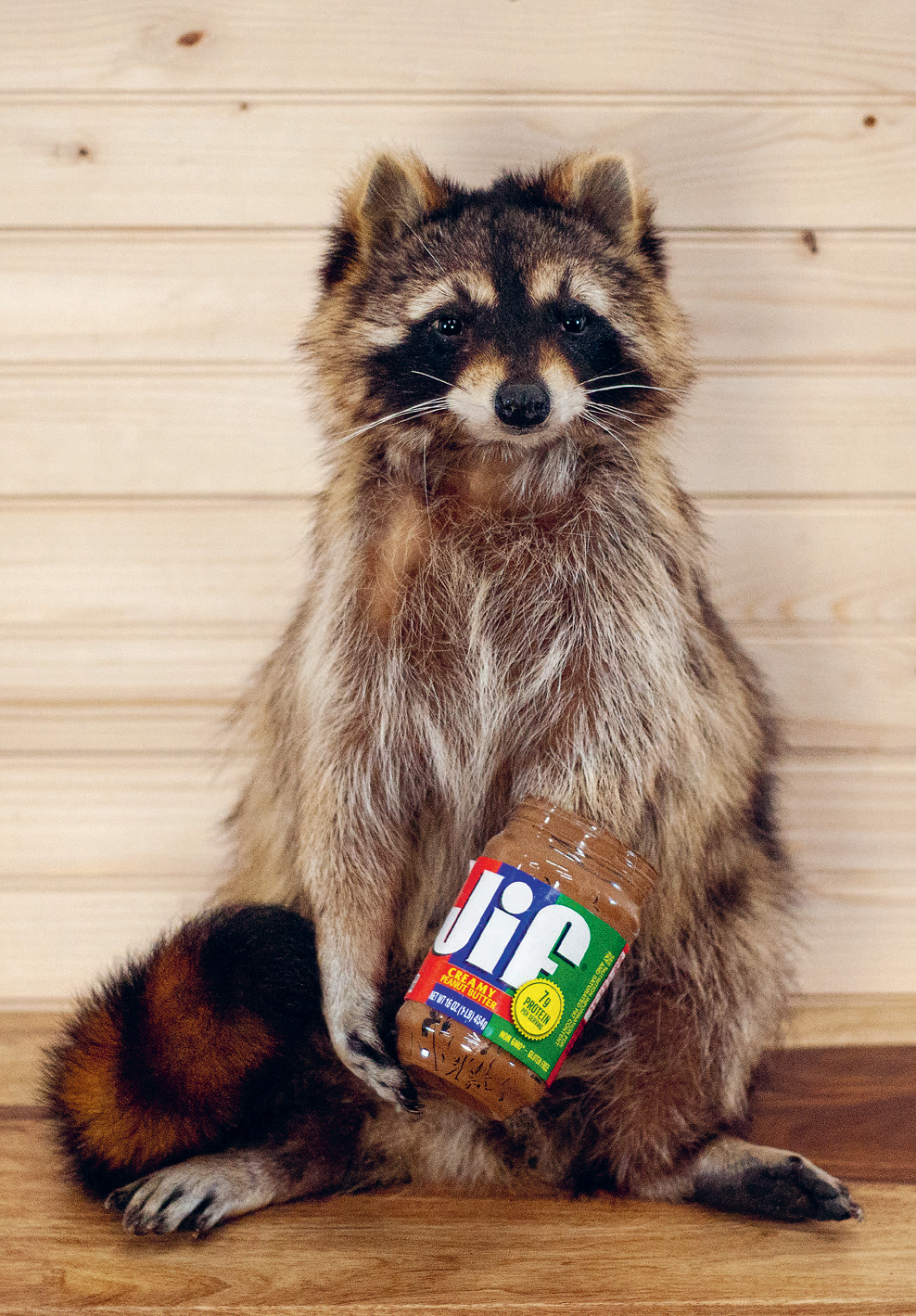 What are you looking at?
What are you looking at? Safari Works Dcor
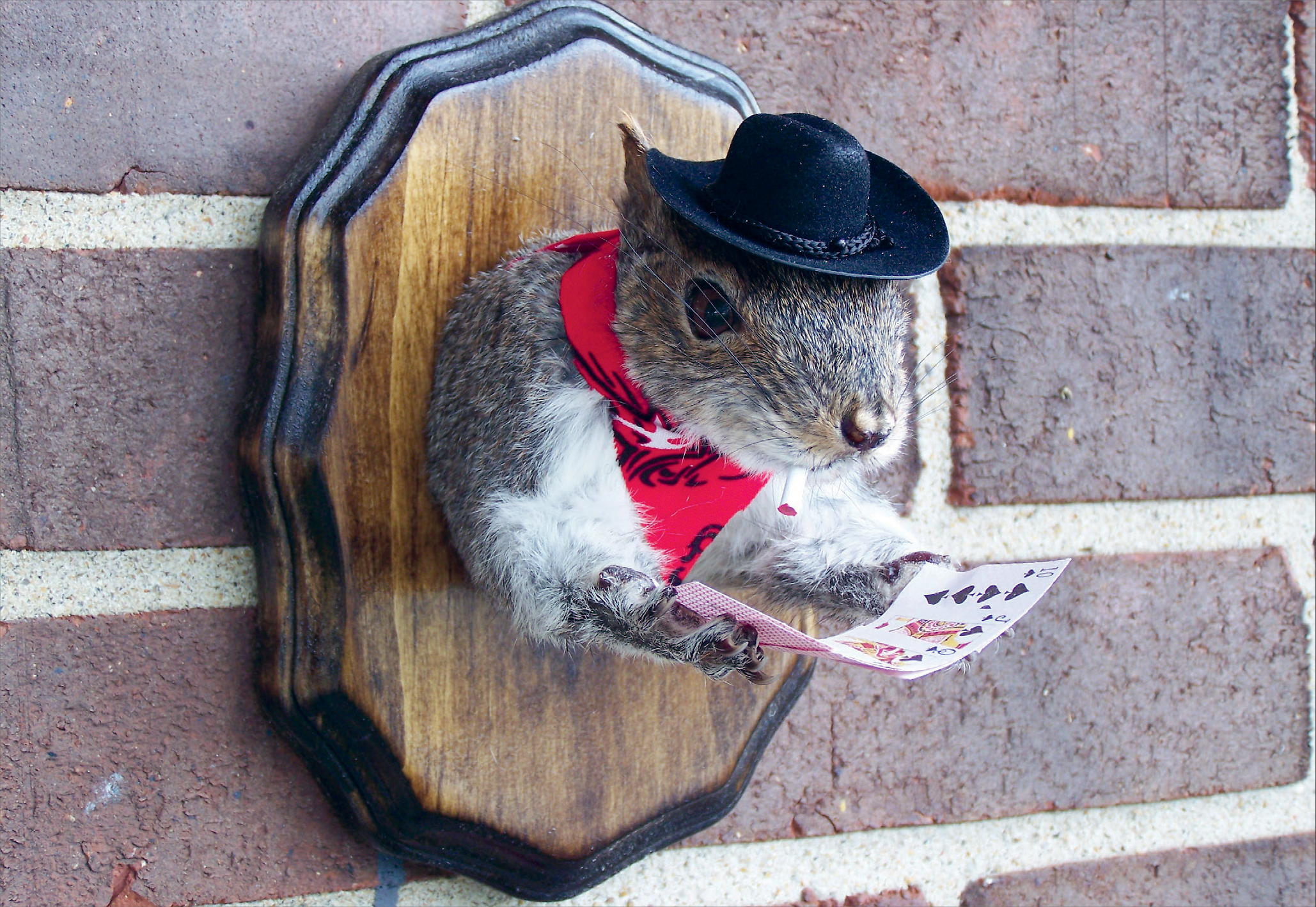 A flushed cowsquirrel
A flushed cowsquirrel Rick Nadeau @ thesquirrelhole.com
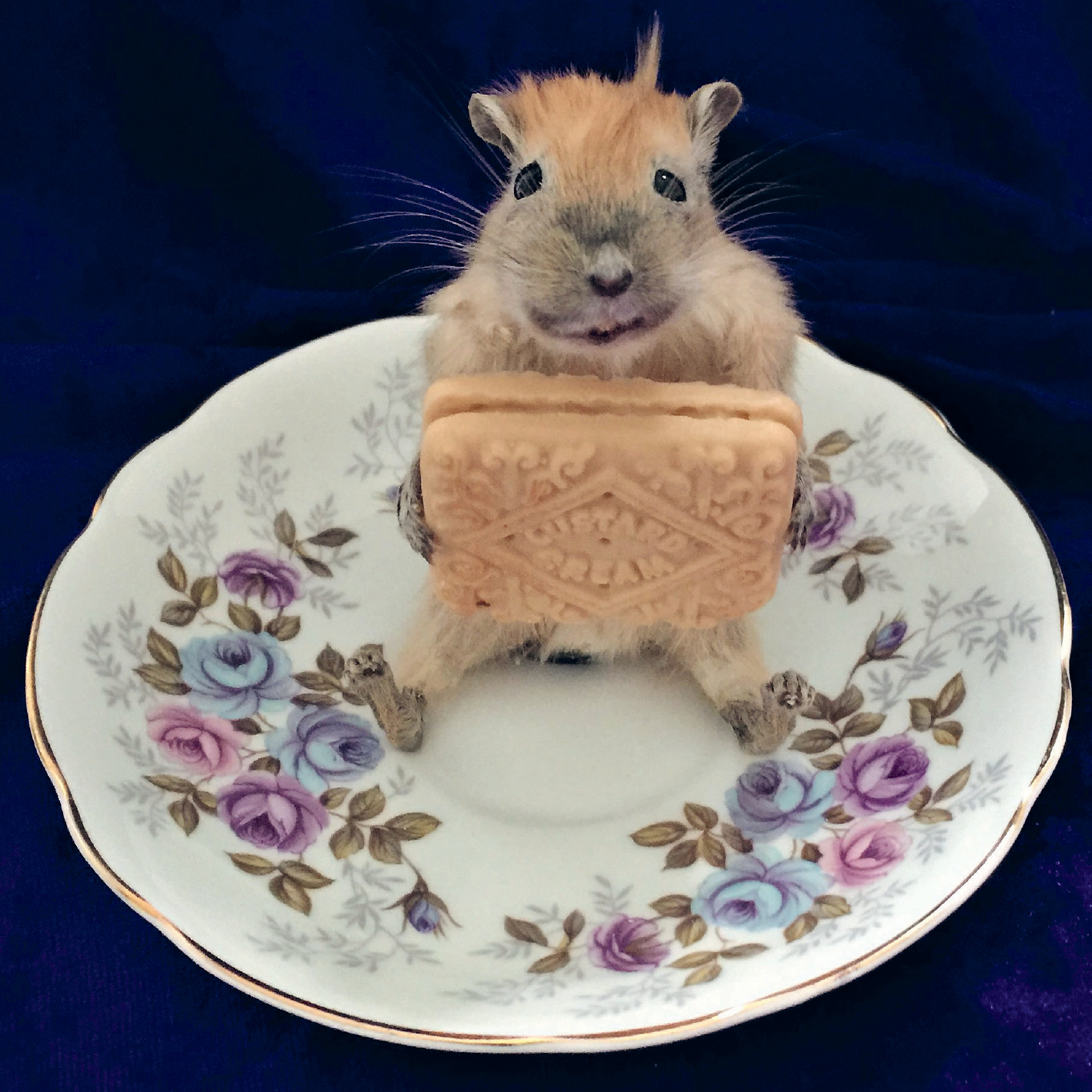 Crumbs.
Crumbs.
Caught in the act again. Haus of Mouse Taxidermy
 Not sure thats how youre supposed to hold a machine gun
Not sure thats how youre supposed to hold a machine gun Rick Nadeau @ thesquirrelhole.com
 Professor Brock
Professor Brock Mario Broutin @ mbcreature
 Breakdancing skunk
Breakdancing skunk
From the crazy mind of Torontos finest, Jeremy Johnson Jeremy Johnson @ Meddling with Nature
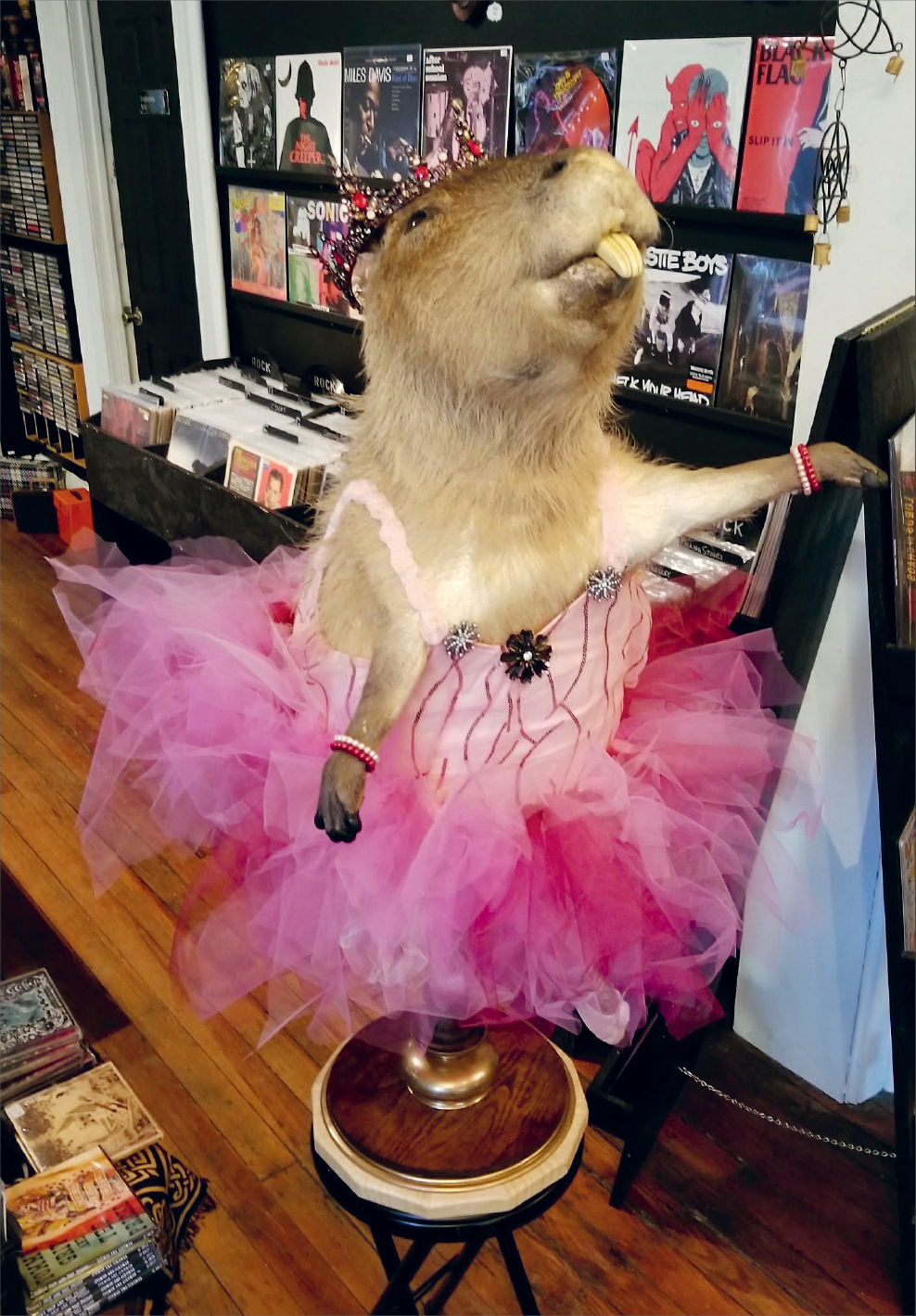 Balancing ballerina this pirouetting capybara spins on the spot!
Balancing ballerina this pirouetting capybara spins on the spot! Jeremy Johnson @ Meddling with Nature
 Busking grasshopper
Busking grasshopper Jeremy Johnson @ Meddling with Nature
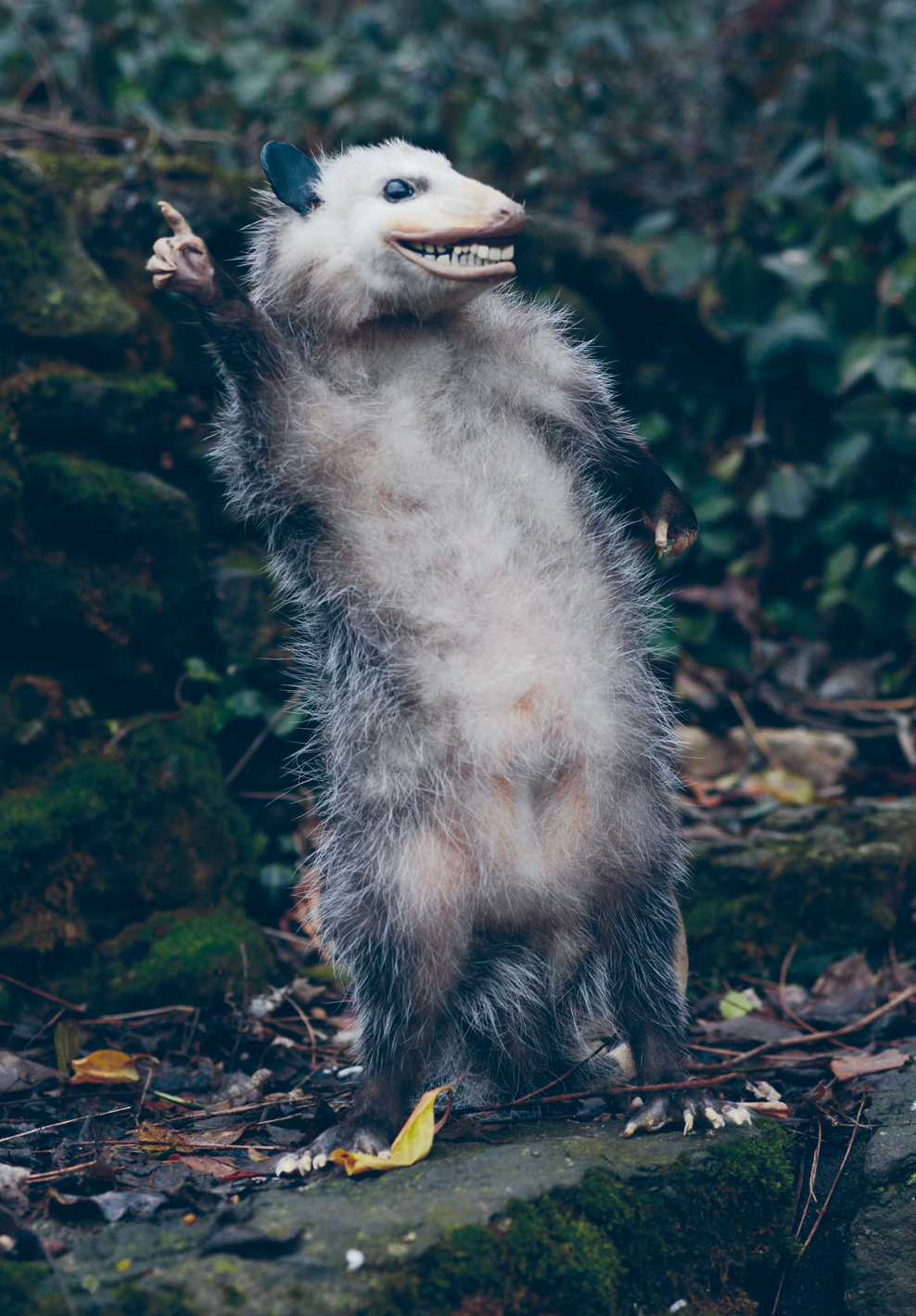 Disco opossum
Disco opossum Jeremy Johnson @ Meddling with Nature
 A gopher blacksmith makes shoes for a tiny, tiny horse.
A gopher blacksmith makes shoes for a tiny, tiny horse. Alan Levine @ Flickr

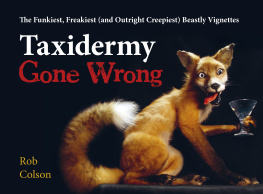

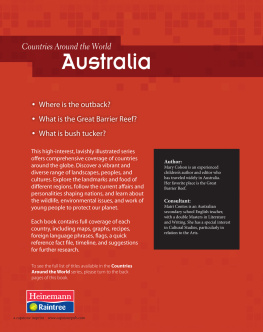
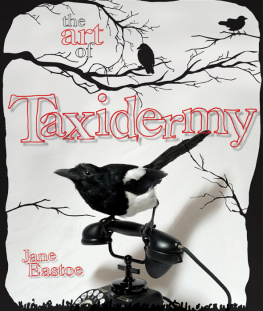



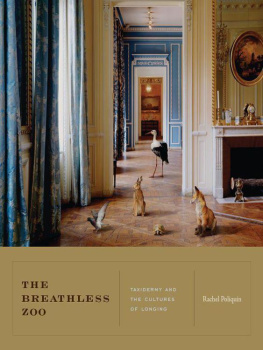
 Kit academy
Kit academy
 Balancing act Mario Broutin @ mbcreature
Balancing act Mario Broutin @ mbcreature  Sozzled squirrel Safari Works Dcor
Sozzled squirrel Safari Works Dcor  Poker faces at the Toadstool Casino Mario Broutin @ mbcreature
Poker faces at the Toadstool Casino Mario Broutin @ mbcreature  Easy rider Rick Nadeau @ thesquirrelhole.com
Easy rider Rick Nadeau @ thesquirrelhole.com  Bear with a sore head lightningfades @ Flickr
Bear with a sore head lightningfades @ Flickr  Prickly politics a young porcupine prepares for a caucus. Jeremy Johnson @ Meddling with Nature
Prickly politics a young porcupine prepares for a caucus. Jeremy Johnson @ Meddling with Nature  A frisky fox both shaken and stirred Jeremy Johnson @ Meddling with Nature
A frisky fox both shaken and stirred Jeremy Johnson @ Meddling with Nature  Show me the way to go home... Haus of Mouse Taxidermy
Show me the way to go home... Haus of Mouse Taxidermy  Extreme urban foraging Rick Nadeau @ thesquirrelhole.com
Extreme urban foraging Rick Nadeau @ thesquirrelhole.com  What are you looking at? Safari Works Dcor
What are you looking at? Safari Works Dcor  A flushed cowsquirrel Rick Nadeau @ thesquirrelhole.com
A flushed cowsquirrel Rick Nadeau @ thesquirrelhole.com  Crumbs.
Crumbs. Not sure thats how youre supposed to hold a machine gun Rick Nadeau @ thesquirrelhole.com
Not sure thats how youre supposed to hold a machine gun Rick Nadeau @ thesquirrelhole.com  Professor Brock Mario Broutin @ mbcreature
Professor Brock Mario Broutin @ mbcreature 
 Breakdancing skunk
Breakdancing skunk Balancing ballerina this pirouetting capybara spins on the spot! Jeremy Johnson @ Meddling with Nature
Balancing ballerina this pirouetting capybara spins on the spot! Jeremy Johnson @ Meddling with Nature  Busking grasshopper Jeremy Johnson @ Meddling with Nature
Busking grasshopper Jeremy Johnson @ Meddling with Nature  Disco opossum Jeremy Johnson @ Meddling with Nature
Disco opossum Jeremy Johnson @ Meddling with Nature  A gopher blacksmith makes shoes for a tiny, tiny horse. Alan Levine @ Flickr
A gopher blacksmith makes shoes for a tiny, tiny horse. Alan Levine @ Flickr 